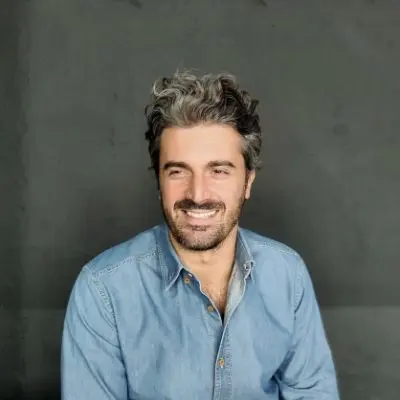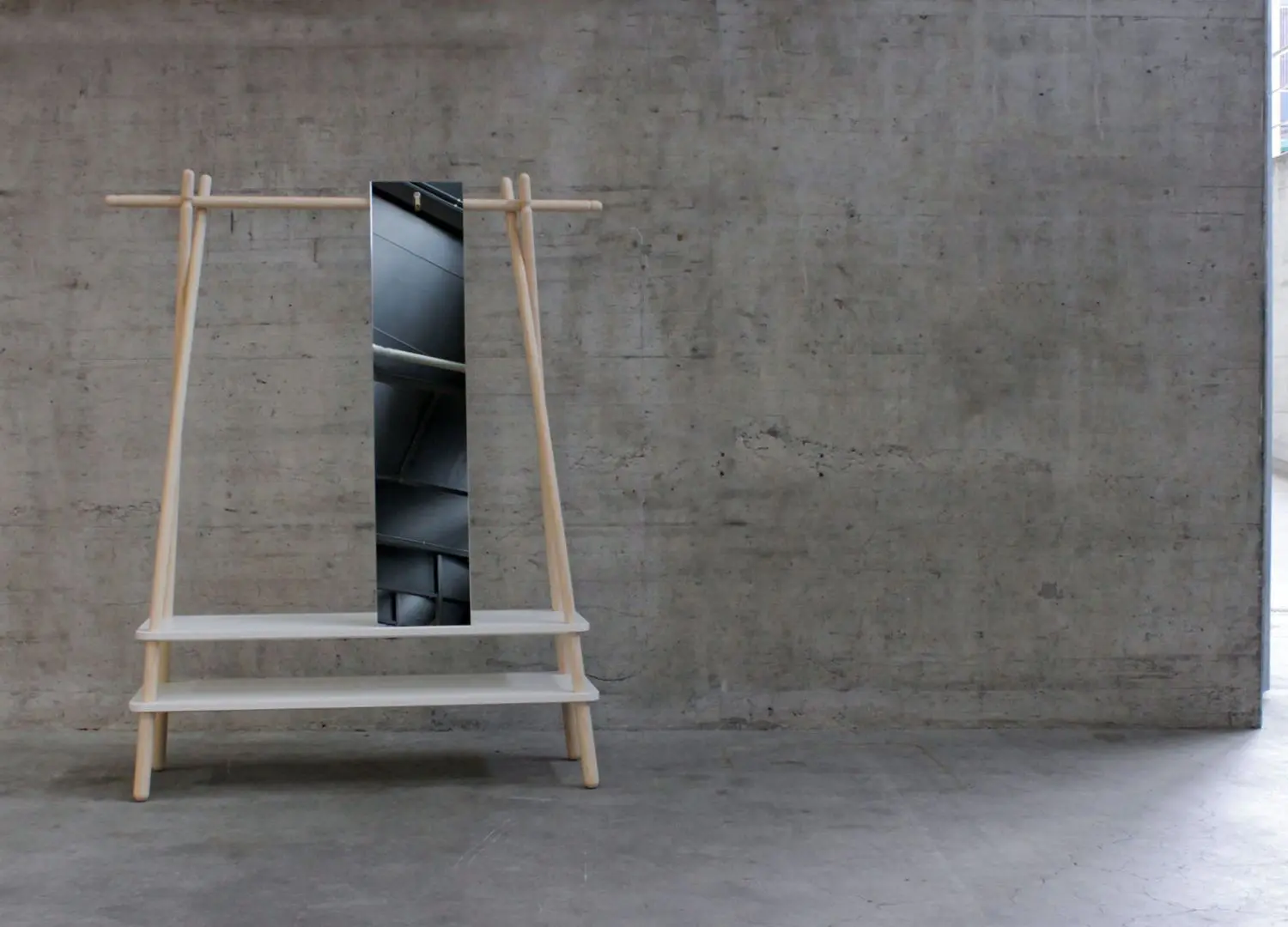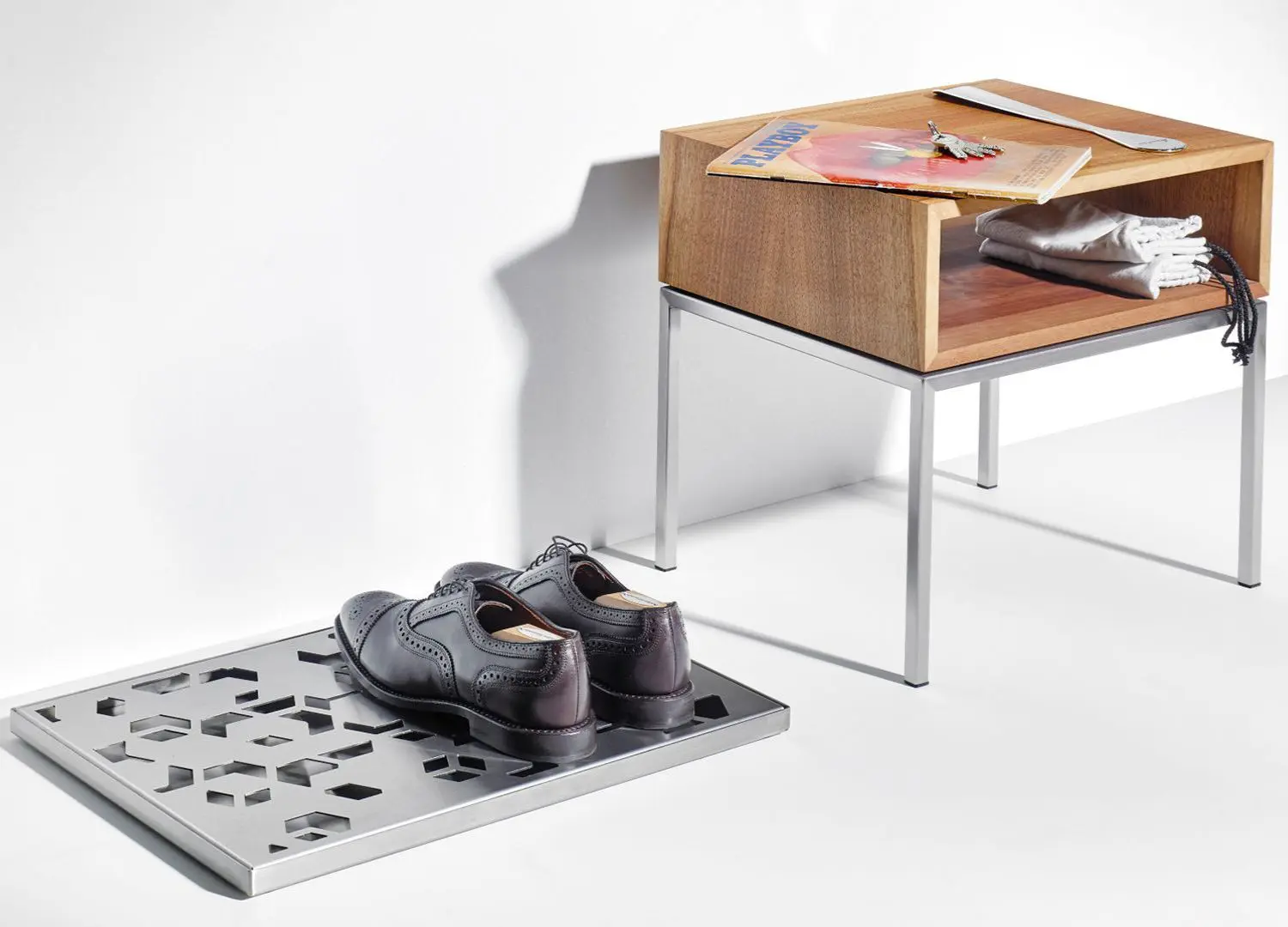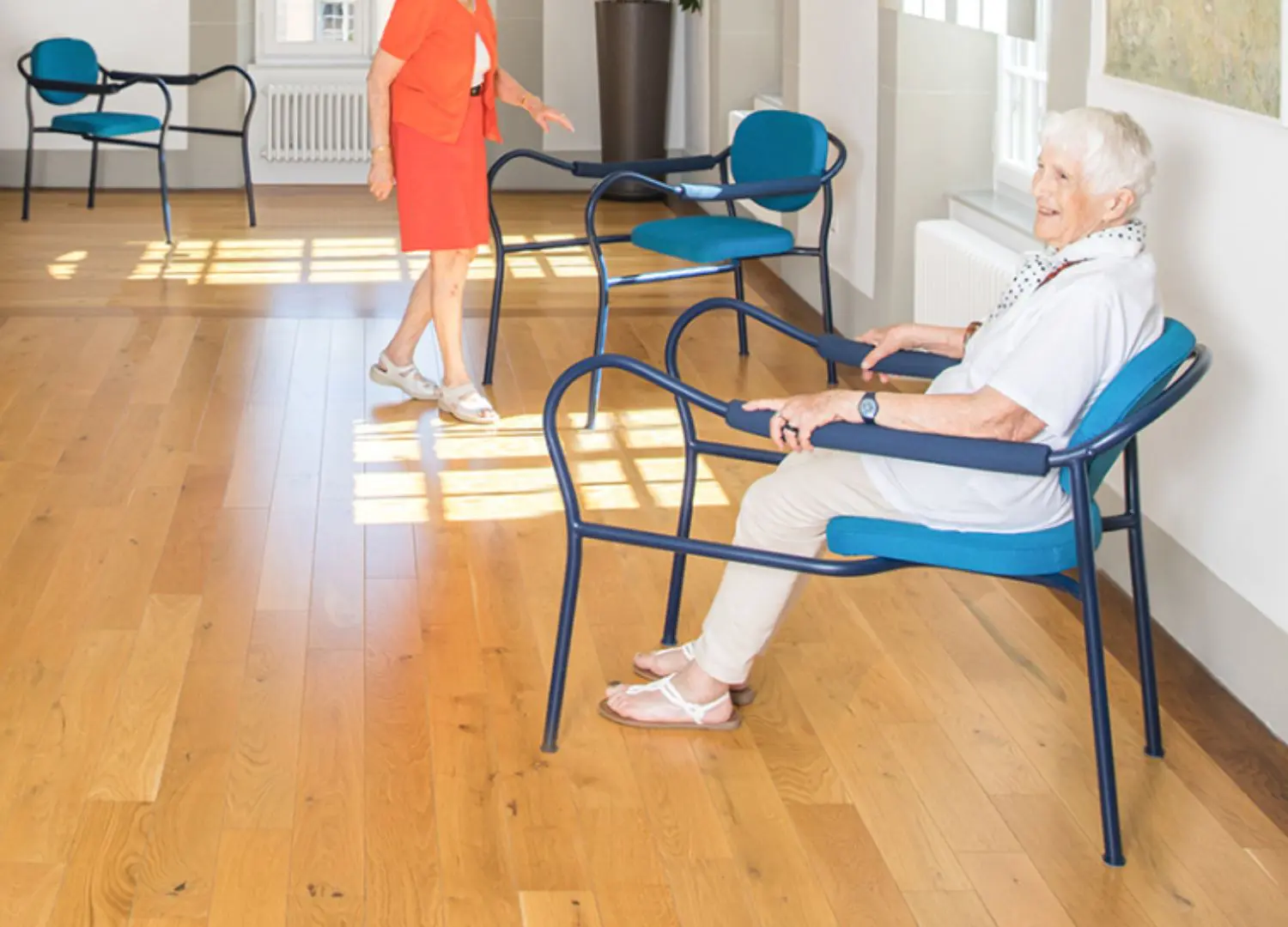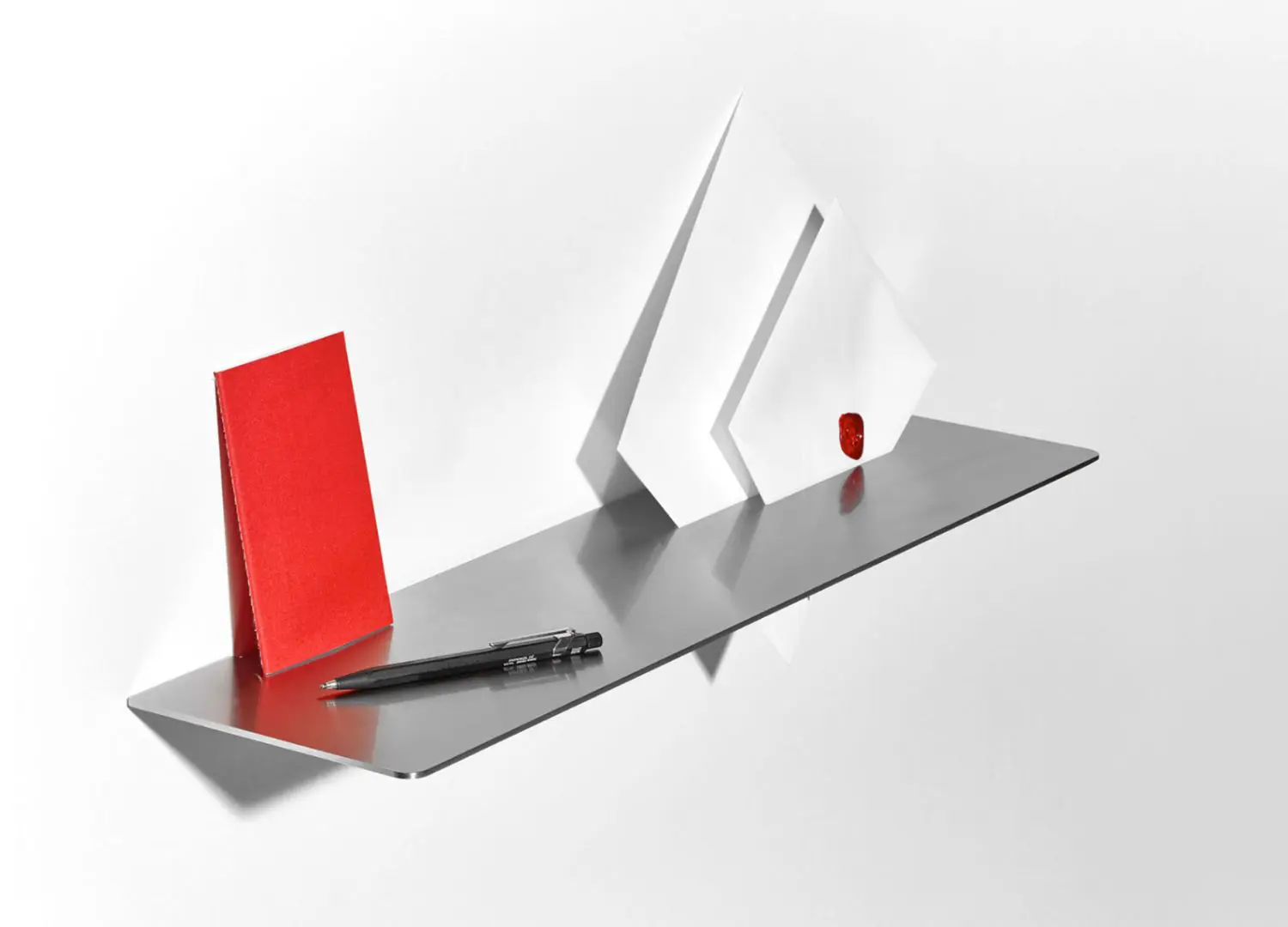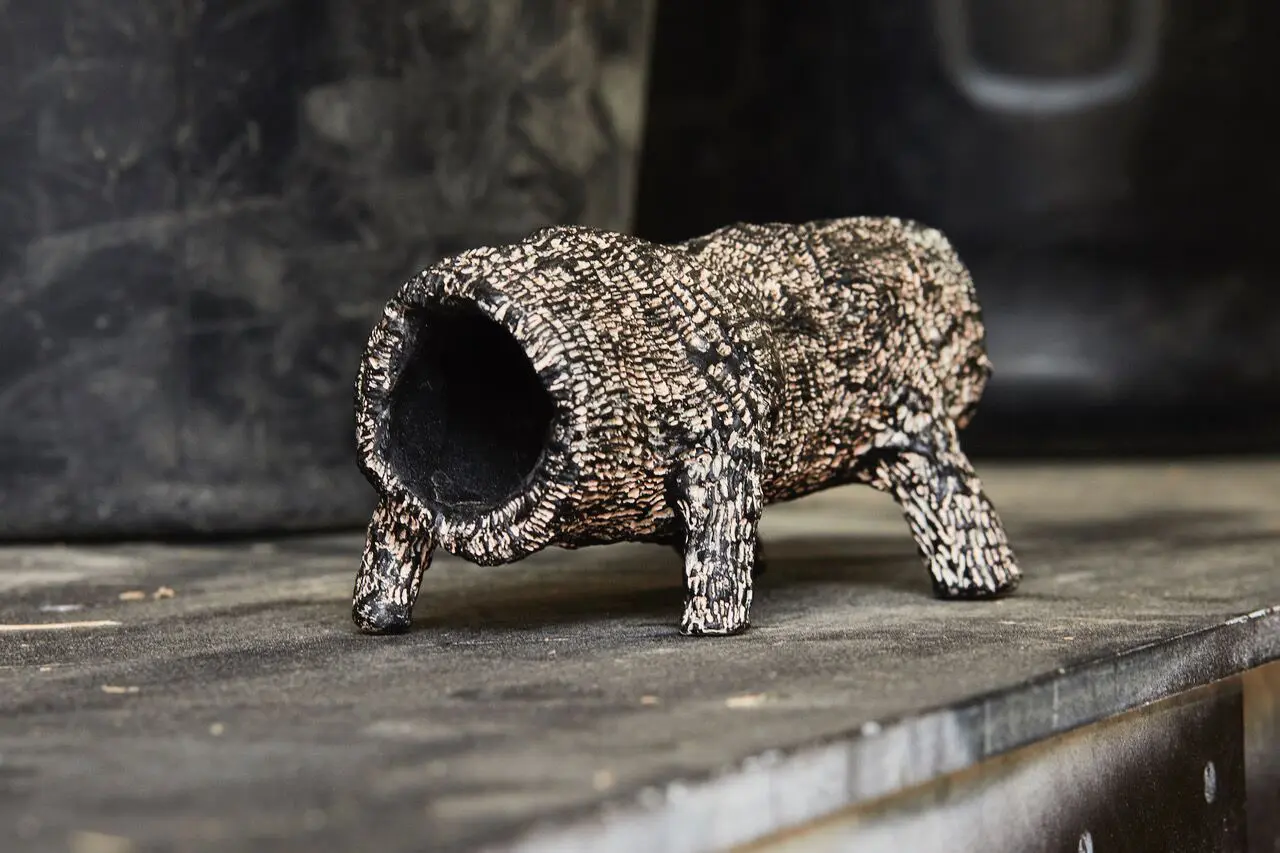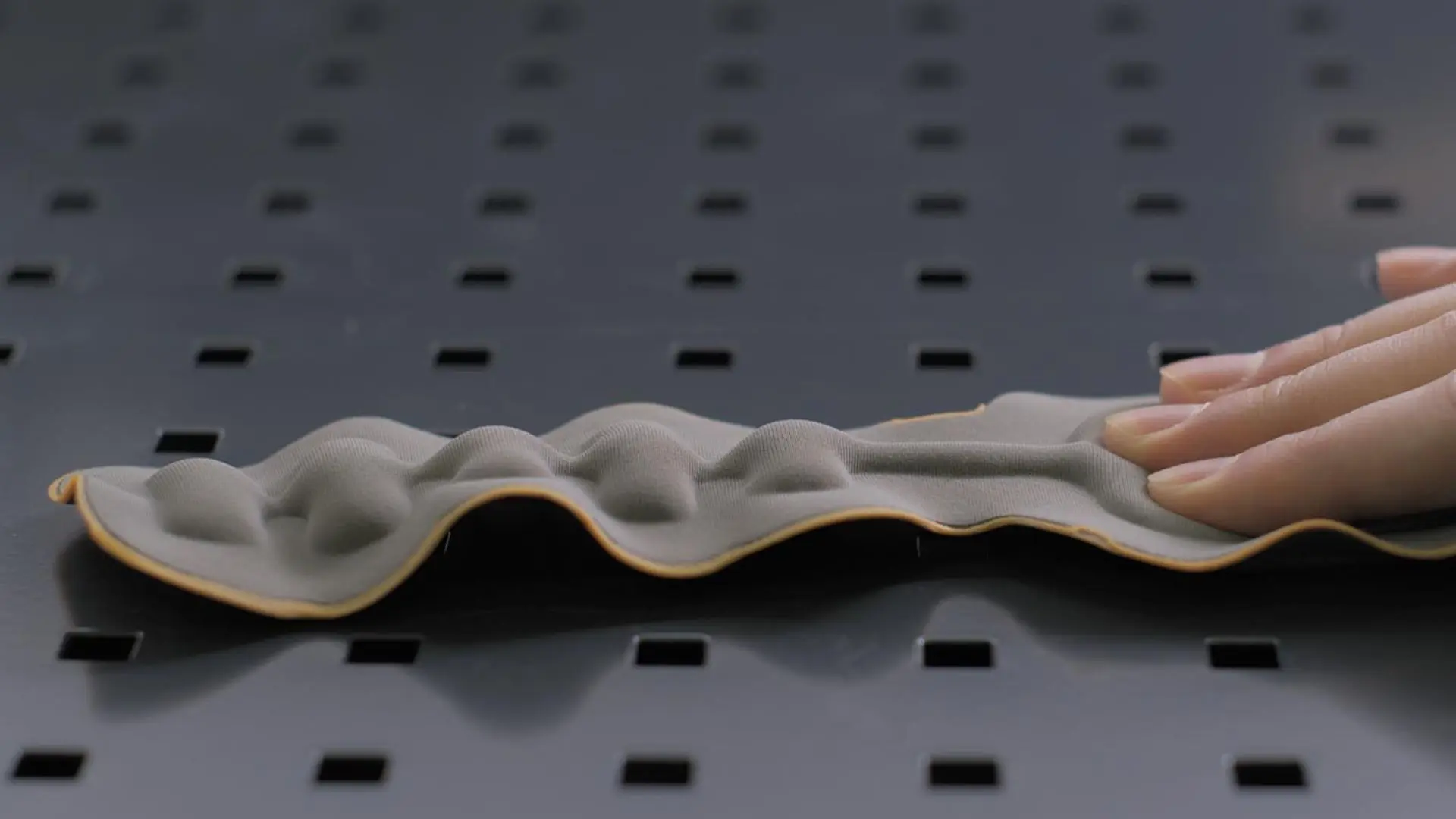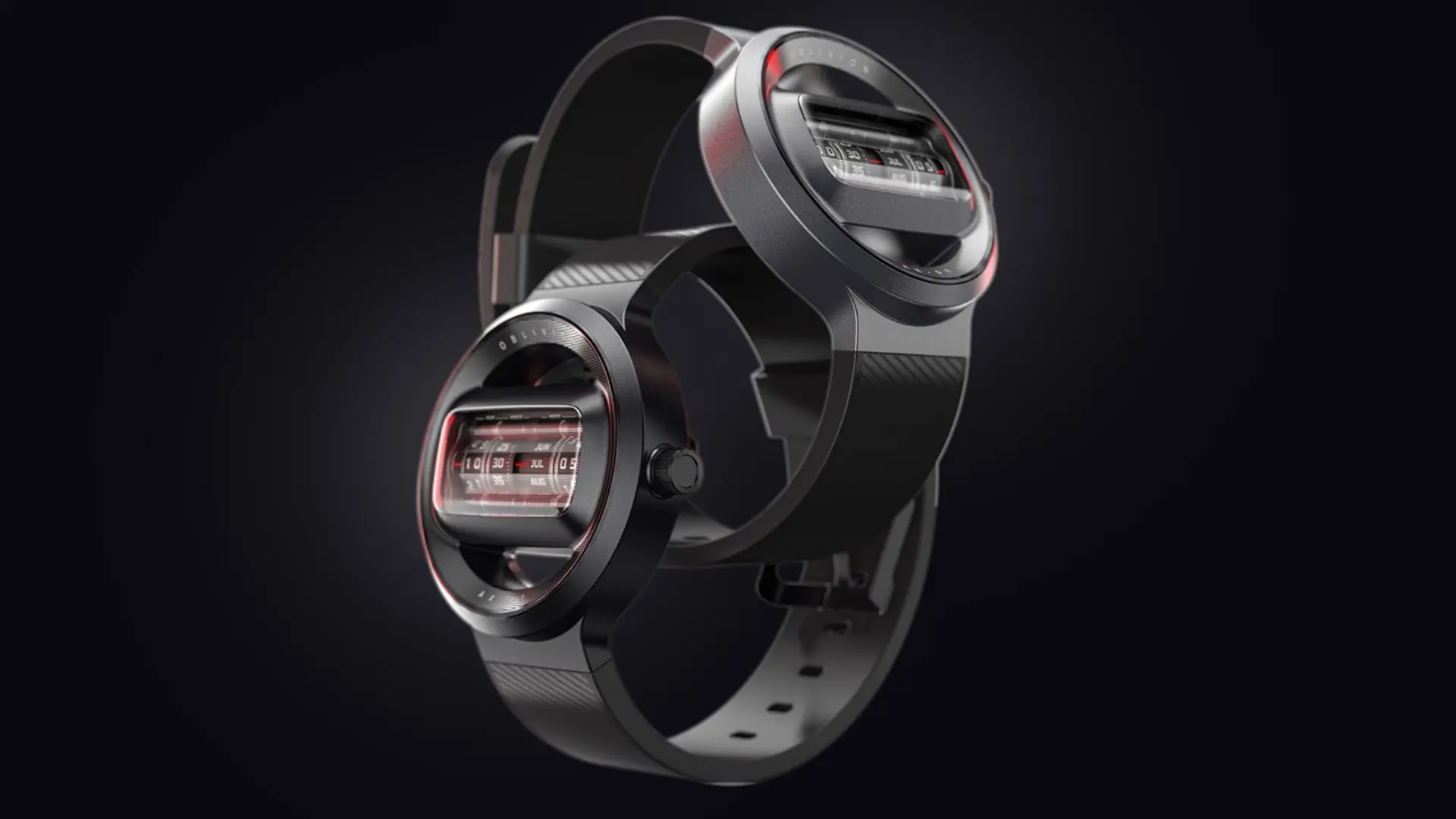How thoughtful design can restore independence and dignity to its users
Swiss designer Sarah Hossli highlights the necessity of considering a broad spectrum of user experiences, particularly those of people with disabilities, from the initial stages of the design process.
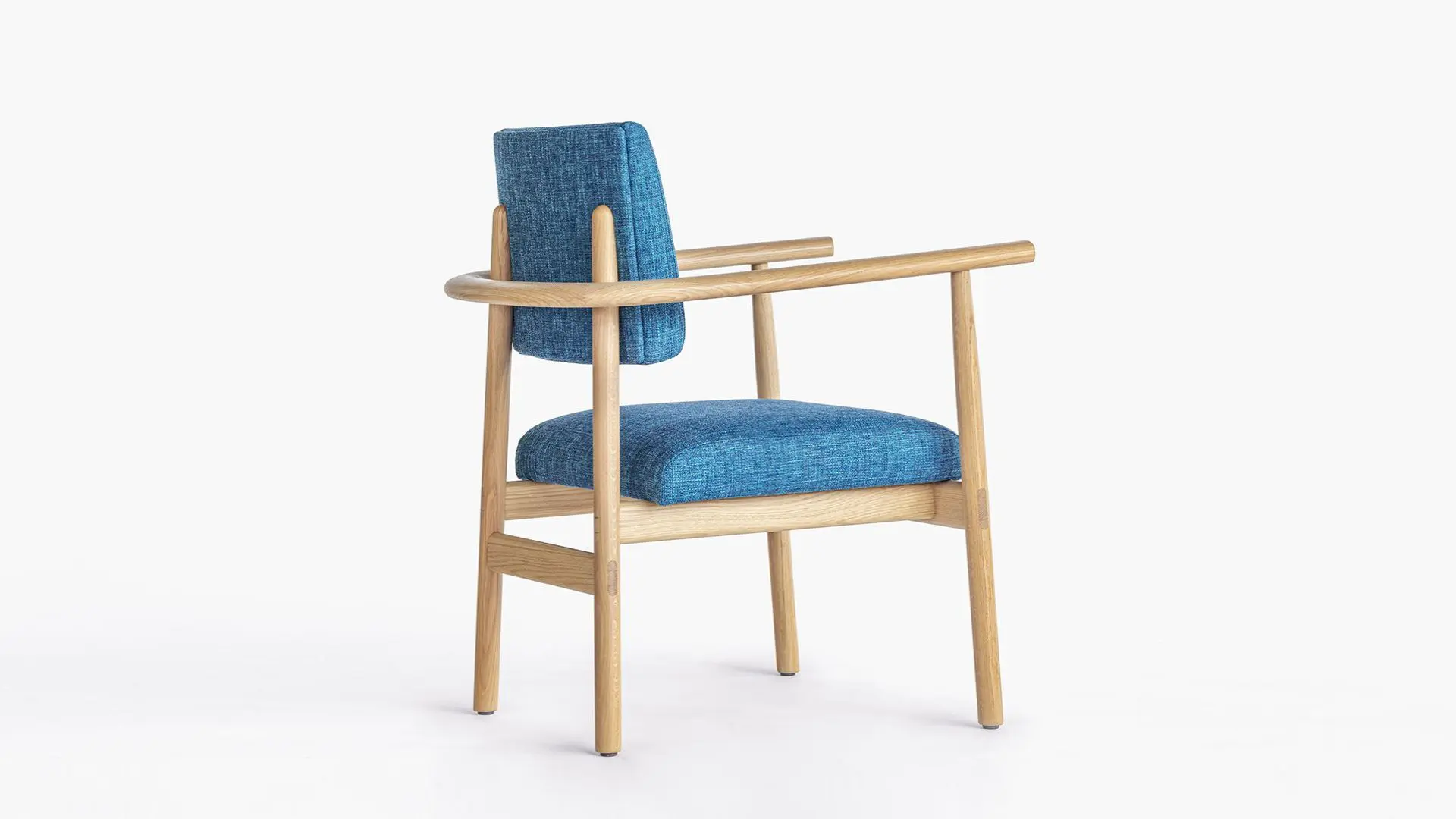
In this insightful interview, Sarah Hossli shares her journey from an early fascination with materials and objects to becoming a product designer deeply committed to inclusive and socially impactful design. Starting with a traditional design education, Hossli’s approach shifted significantly after her first project in inclusive design, where she recognized the importance of considering diverse abilities in her work. She emphasizes the need to include a wide range of user experiences, particularly those with disabilities, from the very beginning of the design process.
Through her work, such as the development of the ergonomic armchair “Lotte” for the elderly, Hossli demonstrates how thoughtful design can restore independence and dignity to its users. Her dedication to sustainable materials and her parallel role in job integration at the Swiss Paraplegic Centre further highlight her commitment to improving lives through design.

What is your background? How did your design journey begin?
Sarah Hossli:
“I was interested in materials and objects from an early age. Three-dimensional handicrafts and experimentation have always been my passion – and my parents always encouraged this joy of making.
I followed the standard path: After grammar school, I attended the foundation course in design and art. At the beginning of this creative year, I intended to become an architect. When I started to explore the meaning of architecture in depth, I soon realized I was much more interested in how people live within these spaces, how they interact and how this interaction can be designed and changed with furniture and accessories.”

How would you define your approach to design? In your view, what makes your project unique?
Sarah Hossli:
“My first project in inclusive design significantly changed my approach to development processes. Before that point, I worked with classic target groups, as I learnt during my studies: age, budget, location, lifestyle, etc. I was never thinking specifically about people who deal with disabilities in everyday life.
Usually, products for people with disabilities (the elderly included) are designed to be functional. With this approach, they address the user’s disability, instead of his ability—which, of course, gives them a bad feeling. Everyone wants to have enjoyable, non-medical products in their everyday life. So I use diversity as a guide.
When I design, people with different abilities are part of each target group, regardless of age, geographical location or stratum of society. To avoid accidentally excluding people, I always consider the different needs of as many people as possible in my design process. This doesn’t mean I can meet everyone’s needs, but I want it to be a conscious decision.”

Your bio highlights a focus on design for social impact. What aspects do you consider important for a design to effectively achieve this goal?
Sarah Hossli:
“As mentioned, this journey begins with the definition of the target group. If people with different abilities are not in the target group, some users will be excluded from the outset. If designers design based on their own experiences (mostly without any disabilities), this leads to suitable solutions for themselves but not for „all“ people. We need to include our end customers in the development process from the very beginning. We just don’t know what other people need or what makes them happy unless we ask them. I suggest asking them curious questions, inviting them to test prototypes, watching and listening – and treating everyone’s feedback carefully.”

One of your projects, LOTTE, is aimed at the elderly. How did the idea originate, and how did you develop it to meet the needs of this demographic?
Sarah Hossli:
“We are now living in a world with a rapidly growing aging population that set up a lot of questions for the ones who design the world. With concepts of multi-generational living or assisted living, new ways of living in old age are emerging alongside the traditional retirement home. I wondered what requirements the furnishings need to fulfill to enable different generations living together. As part of my research, I observed the everyday life in several care homes. I saw that many elderly people have trouble standing up and sitting down by themselves. However, this challenge first had to be overcome before self-determined interaction could take place.
To give the residents back their independence, I aimed to develop a comfortable and ergonomic armchair that helps them to get up on their own. To reach this goal, I worked very closely with medical and health care experts such as a physiotherapist, a dementia expert, a gerontologist, a surgery and nursing staff. And, of course, the residents tested and judged several prototypes. Their reaction, comments and ideas were very important.

As the physiotherapist explains, to get up in a position with minimal resistance, the center of gravity should always remain above the feet. This is very challenging if you have weak legs, balance issues, or painful joints. The armchair „Lotte“ offers extended armrests which create the confidence to put the weight on the feet. Users will intuitively lean further because the handle is more forward. This intuitive use is a key element in this context, especially for residents with cognitive impairments.”
Considering your goals and approach to design, how important are materials in your creative process? How do you choose them?
Sarah Hossli:
“Since I am designing furniture and children’s toys, I particularly favour wood. I’ve always had a strong affinity for natural materials. Fortunately, this is commonplace today; sustainability has now a high priority and is a must in our discipline. At the beginning of my career, that was different. Today, durable and sustainable materials and high-quality craftsmanship are important to me. When developing furniture, I also pay attention to the circular economy. Lotte, for example, is designed so that the upholstery can be easily dismantled and refreshed.

Besides sustainability arguments, the user group is also important. Warm materials such as wood and textiles are particularly important for the elderly. For example, the sensitivity of fingers and skin decreases with age, so textiles with a slightly coarser texture are more interesting to touch.”
If you did not do what you actually do, what else would you do to express your vision and values?
Sarah Hossli:
“Since 2021, alongside my independent work as a product designer, I have been working in the field of job integration at the Swiss Paraplegic Centre, ParaWork. I support people with limited mobility (due to illness or after an accident) on their way back to the workforce. As co-leader and teacher in the workshop, I work with clients to analyze how their physical limitations have changed and examine how they can compensate for some limitations and discover new ways. We develop and produce customized aids that are not available on the market and are geared towards the individual abilities of those affected.”

